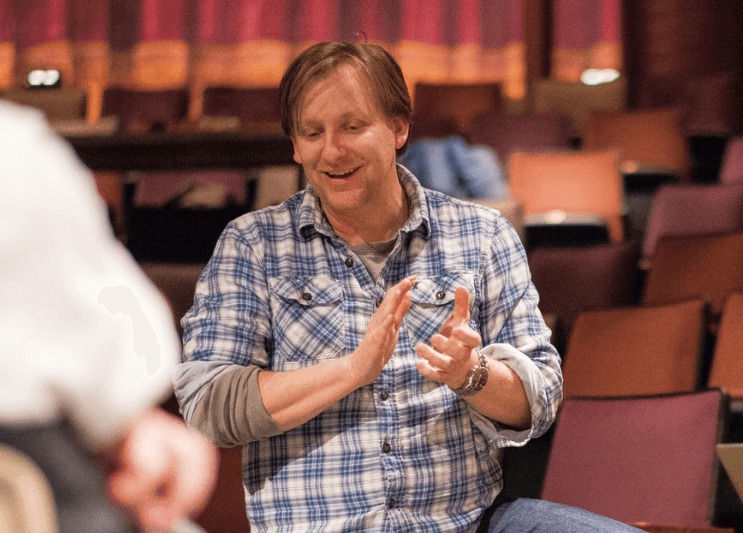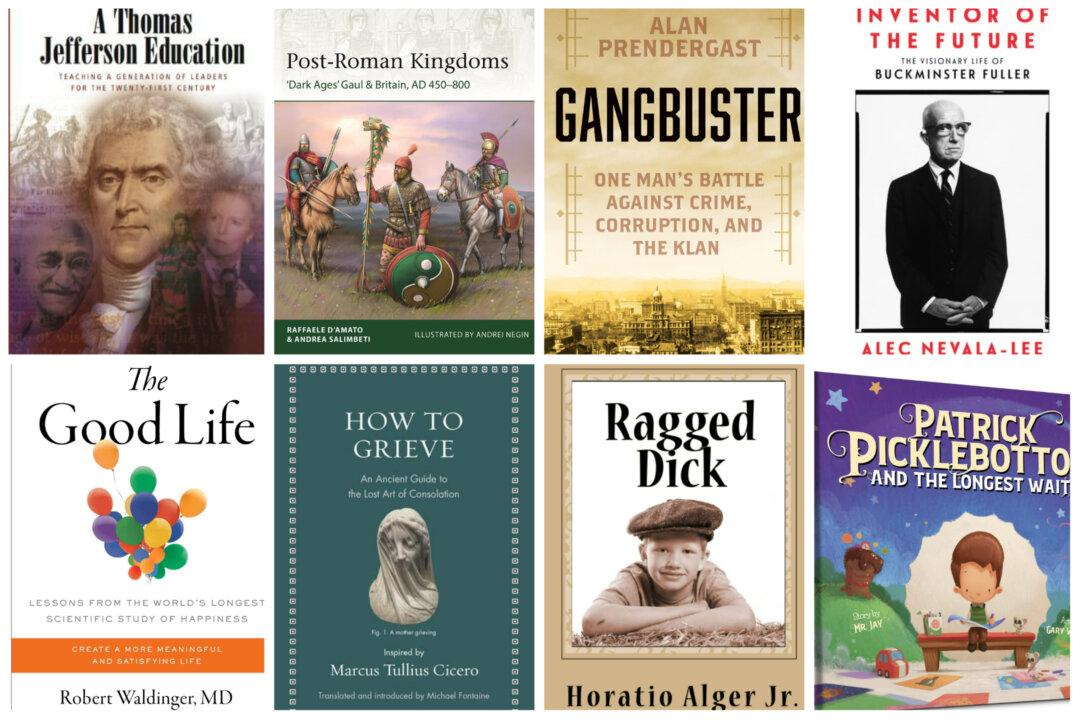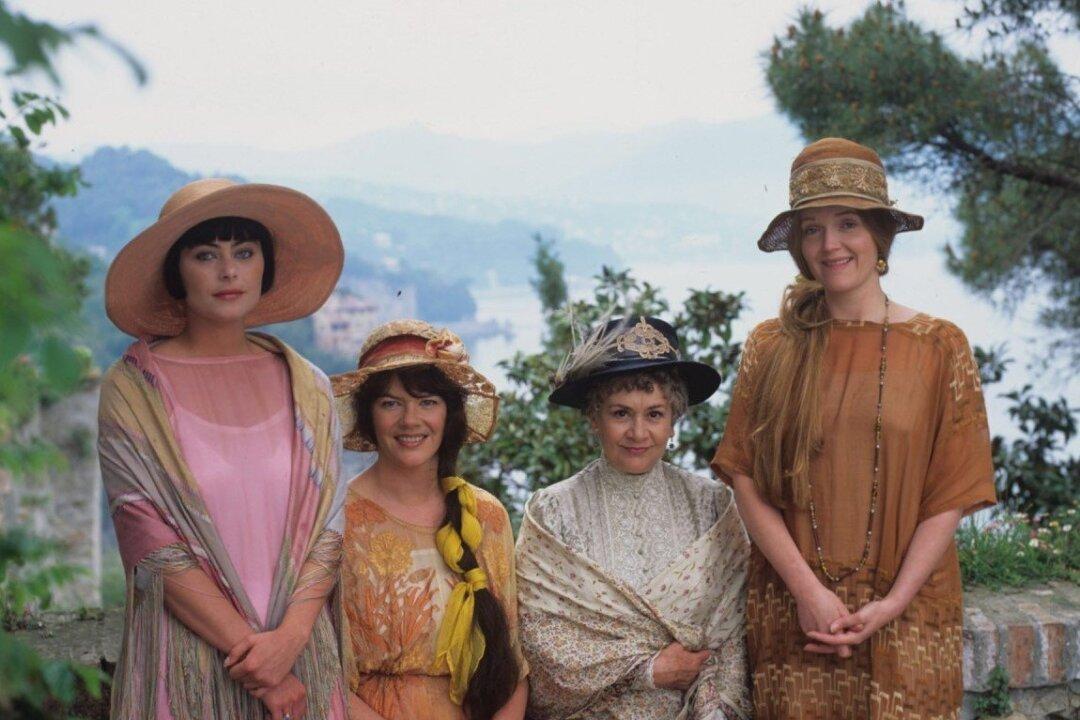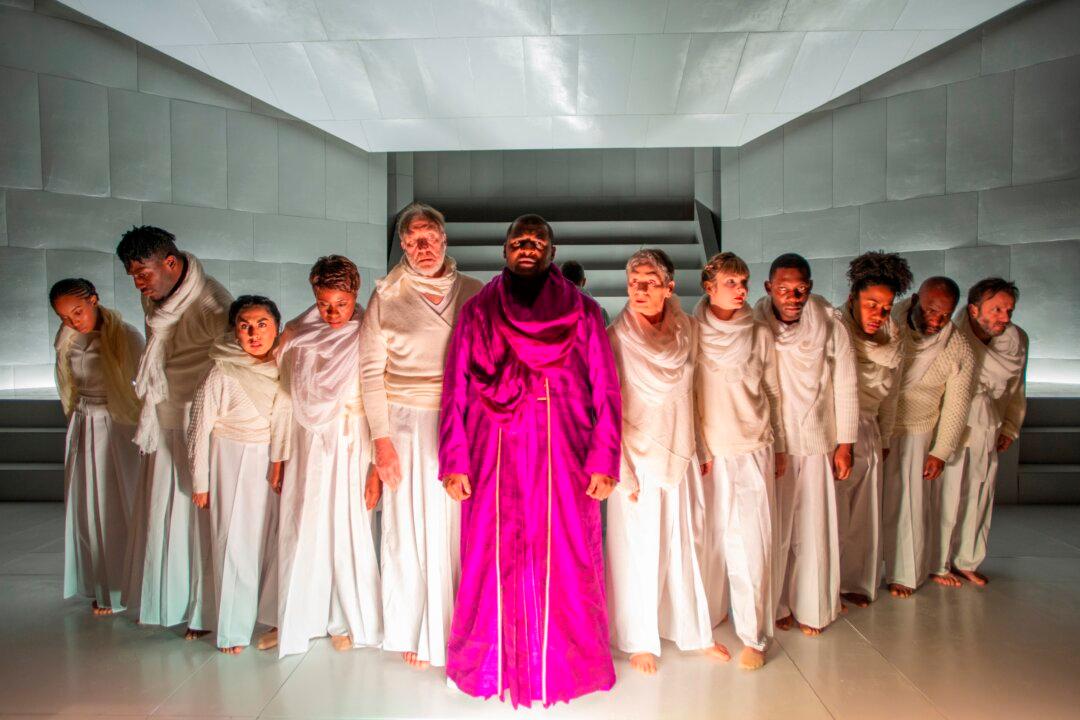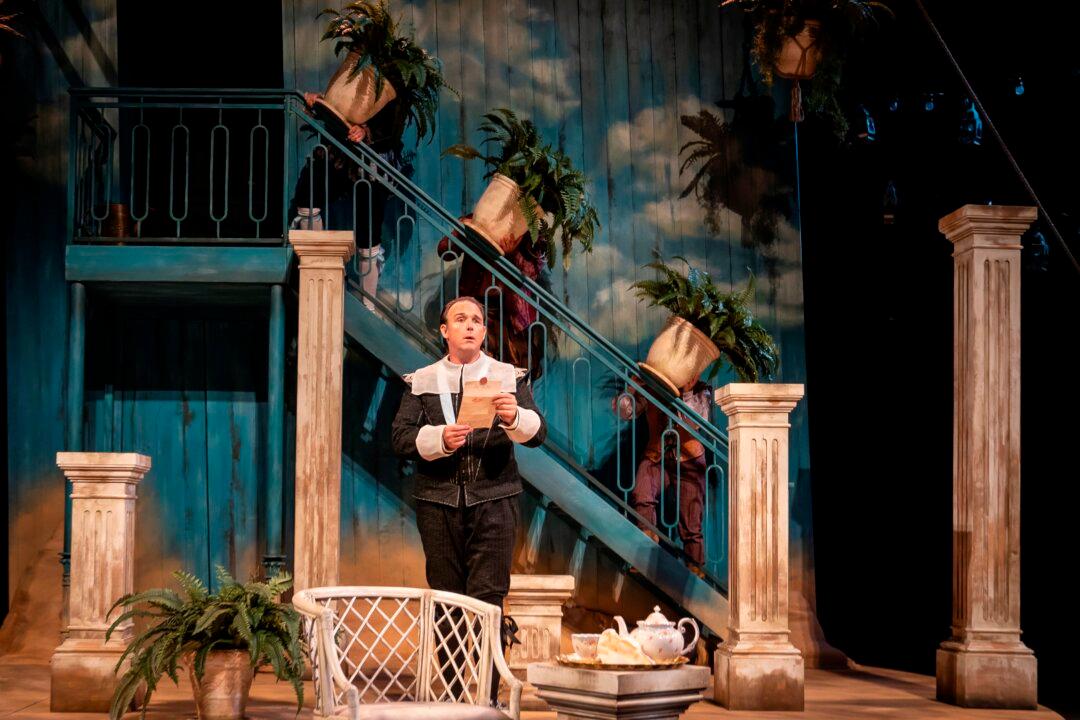For director John Langs, both the universal themes of classic texts and the vehicle delivering the themes make them relevant; more than relevant, they make them potent.
When I talk to young writers, I tell them that if they want to be remembered in the future, they should think about a classic structure for their works.

